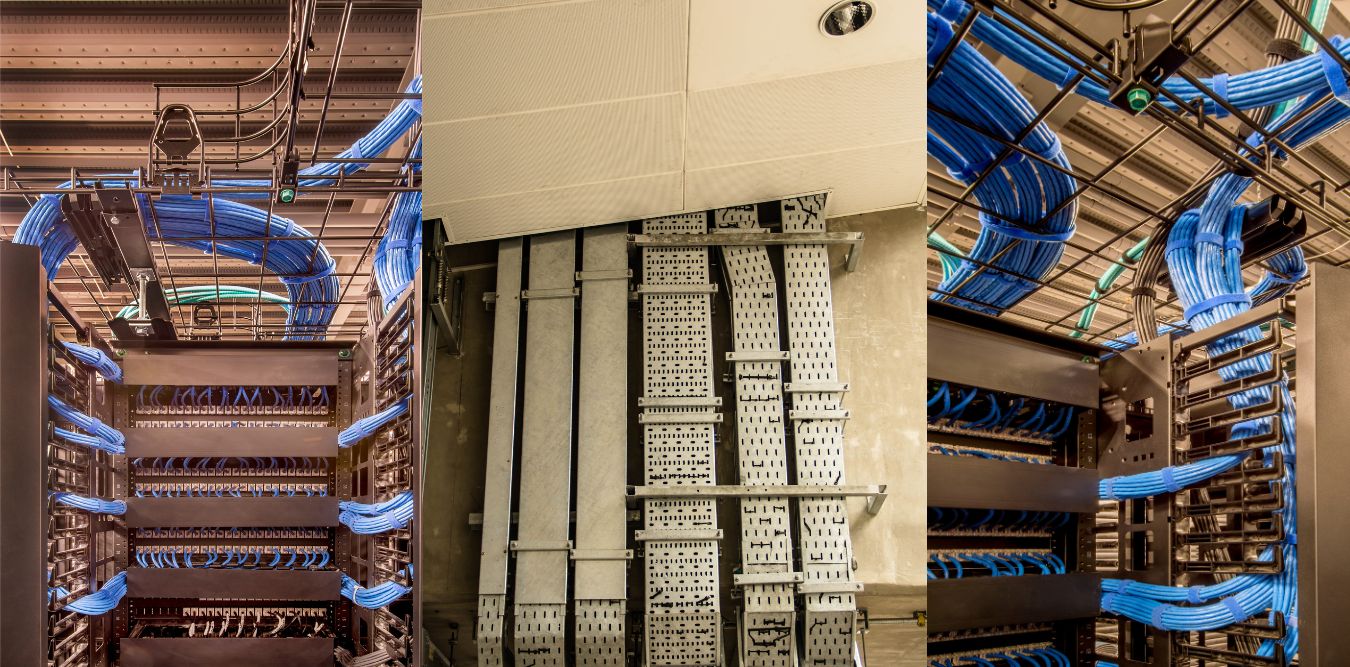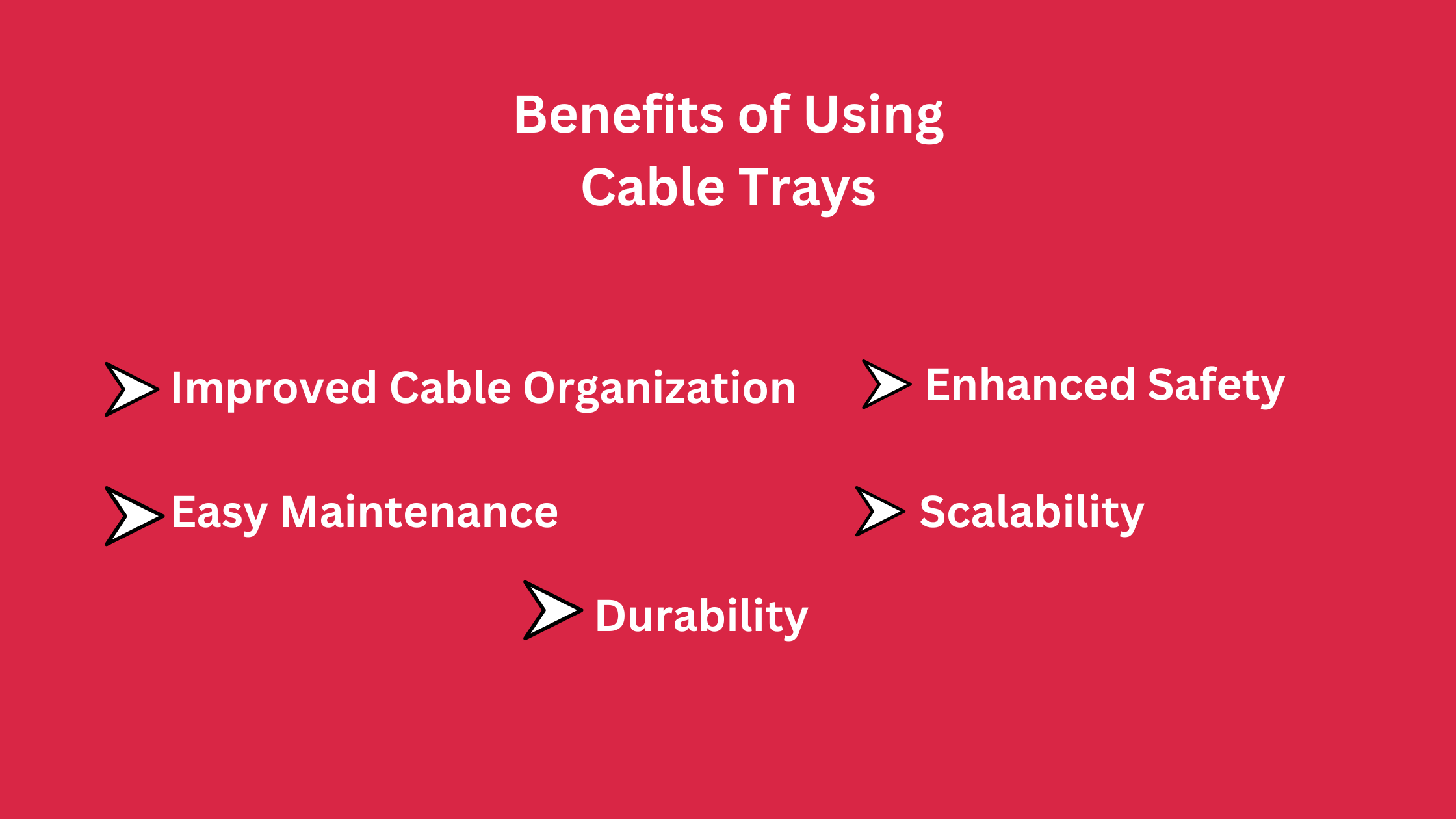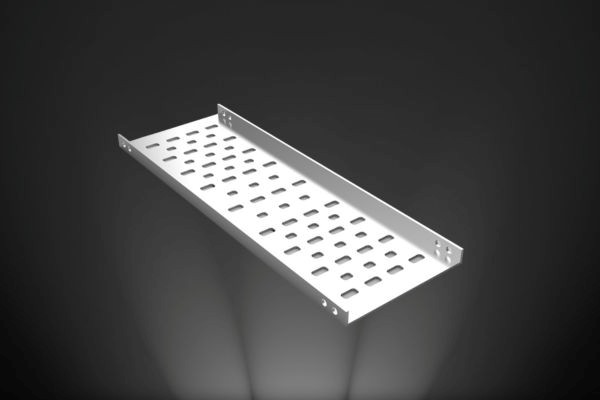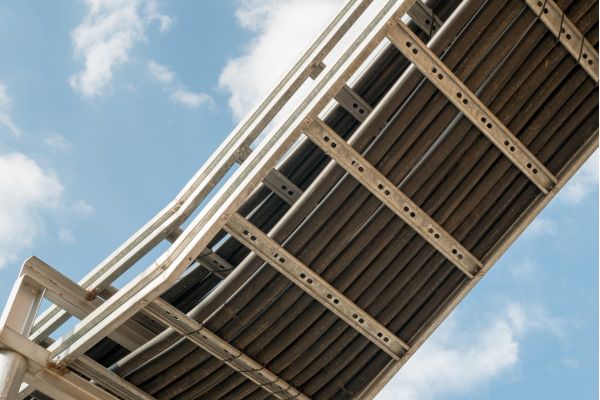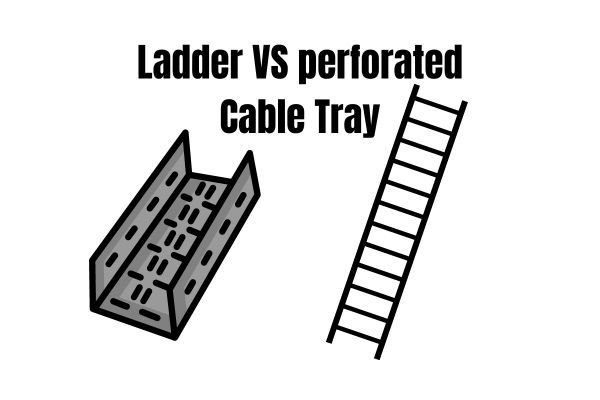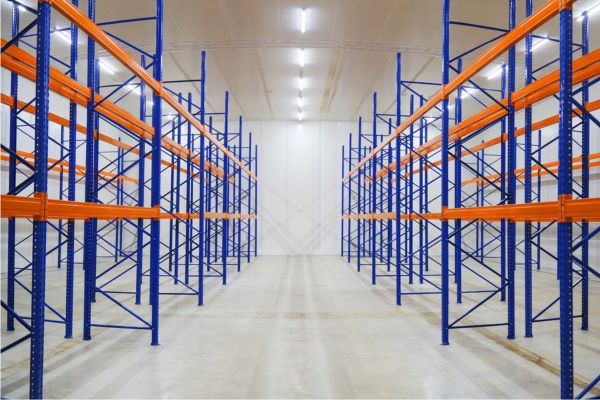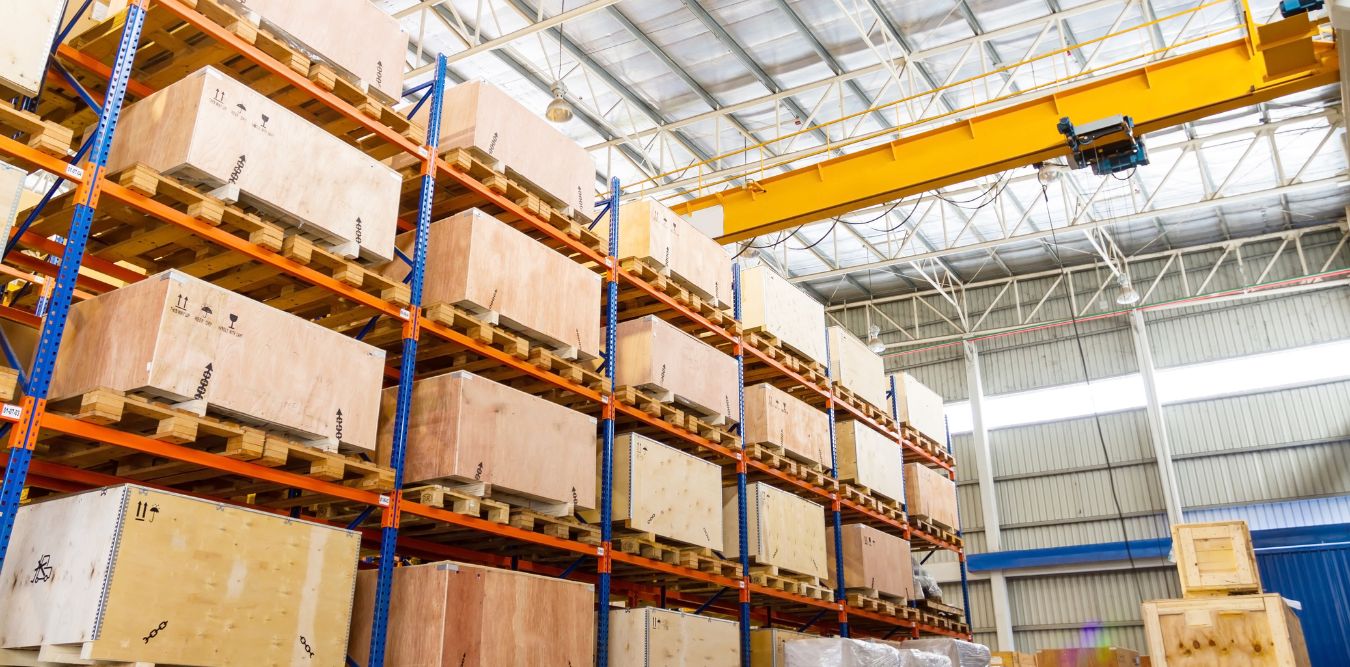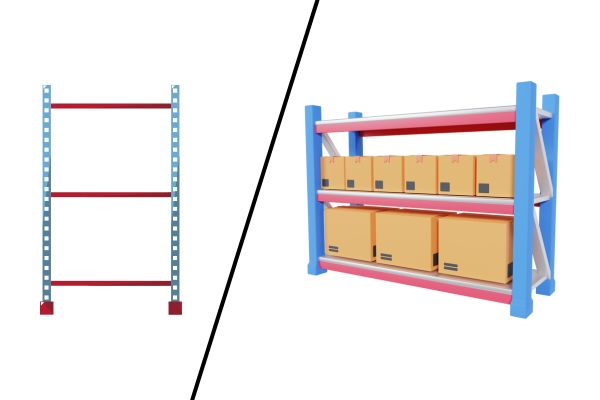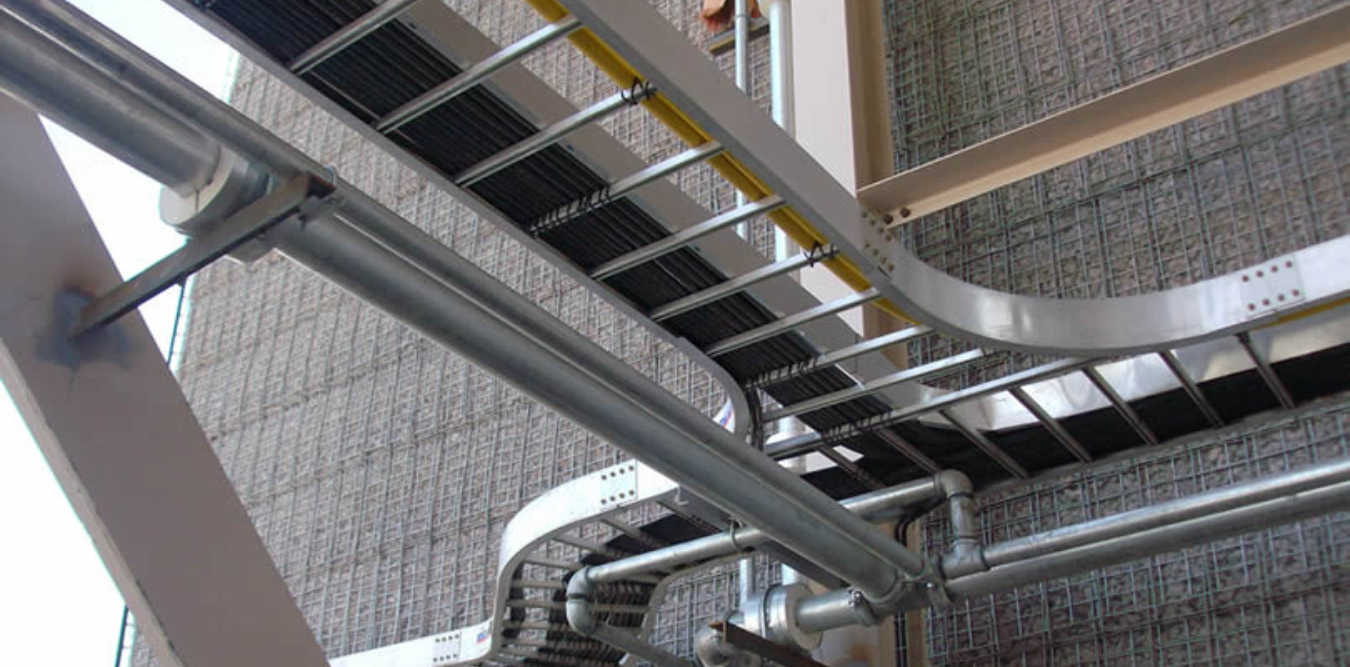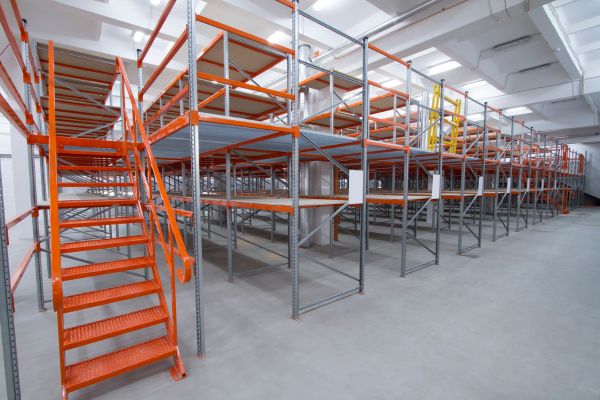Introduction
Effective cable management is essential for maintaining safety, organization, and efficiency in industrial, commercial, and residential electrical systems. Cable trays play a crucial role in supporting and routing electrical cables while preventing potential hazards such as overheating, entanglement, and damage. With various types of cable trays available in the market, selecting the right one can be challenging.
This comprehensive guide will help you understand the different types of cable trays, their applications, key selection criteria, and how to choose the best cable tray manufacturers for your project. Whether you are an industrial facility manager, an electrical contractor, or a business owner looking to enhance cable management, this guide will provide you with the insights needed to make an informed decision.


